THE COOKBOOK TEST #0072: JAMES MCNAIR'S SOUPS
INSTALLMENT #0072 (FREE) ENTER: THE HONORARY CHAIRMAN / SUFFICIENTLY COMPLEX / SWIMMING TO CAMBODIA ... N... SOUP / BORSCHT! BORSCHT! BORSCHT!
AUTHOR’S NOTE: I had this post scheduled to go out paid subscribers only and even dropped a paywall right in the middle of the first of two delicious soup recipes. But I can’t do it this week. People are hurting. The news is a mess. It’s freakin’ cold out this winter, and everybody deserves these delicious soups. Share them with your friends and loved ones, and take care of yourselves out there.
Dear Subscribers,
Soups. Cold Pasta. Potato Cookbook. Beef Cookbook. Chicken. Such are the bone-snappingly dull book titles of James McNair's best-selling series of cookbooks, which have collectively sold an absolutely preposterous four million copies.
McNair, a guy who I hadn't heard of before this week, boasts a brief bio on the Penguin Random House website with a back half that is among the least impressive things I have ever seen attached to any biography in any context whatsoever.
James McNair is the author of over 40 cookbooks and recipient of the International Association of Culinary Professionals Award of Excellence. He is the honorary chairman and head judge of Sutter Home Winery’s Build a Better Burger® Recipe Contest.
See if you can think up a career-defining logline less inspiring than serving as head judge of the Sutter Home Winery’s Build a Better Burger® Recipe Contest. If you come up with something, please post a comment to this webzone and share it with the group.
Now: I have spent four paragraphs mostly running down an author who has sold more books in his lifetime than I am likely to sell in ten. Well, a hundred. Well, probably like 200. Maybe 300. What gives?
Here is the thing: JAMES MCNAIR'S SOUPS absolutely whips ass.
at your service,
James
JAMES MCNAIR'S SOUPS
JAMES MCNAIR WITH PHOTOGRAPHY BY PATRICIA BRABANT
CHRONICLE BOOKS | 1990 | $12
Picking up Soups, I was underwhelmed. Flipping through it, I was a little more intrigued. The book - though slim - was packed with remarkably non-redundant recipes covering a ridiculously broad array of soup concepts, everything from Japanese Eggplant Miso to Caribbean Crab Callaloo to Fresh Fruit Soup.
And the recipes were what I would call "Sufficiently Complex." Too simple, and a recipe is a guidebook for chumps. Too overwrought, and it's an exercise in tedium. (I'm looking at you here, Serious Eats. Not for everything. But definitely... for some things.)
But Sufficiently Complex recipes build up layers of flavor, direct readers to slightly exotic but absolutely plausible specialty ingredients, and soundly guide the home cook to a place that a random recipe plucked from the toilet bowl of the Internet will never go.
I tried two different recipes from Soups, and they both went off without a hitch. They took some shopping and some prep, but not an extraordinary amount. They built layers of flavor without overthinking the mission or losing the core appeal of the soup. And they made soups that we're legitimately delicious - better than what I would generally expect from even a fairly capable restaurant.
Soups is the book about soups I've always wanted, but never had the capacity to imagine. Basic-looking in the extreme, introduced with a barebones presentation about nutrition and flavor, lacking any sense of trendiness or even style, zero swagger, zero personal perspective, nothing but killer soup after killer soup, dialed in and precise.
SWIMMING TO CAMBODIA ... N... SOUP
One of the best soups I've ever eaten out in the wild was a sour soup at a Cambodian spot in St. Paul called Kolap. Here's the quick summary via a story from the food magazine I edit, Heavy Table:
The first thing that hits you is the sweet, piquant aroma of the roasted, chopped garlic scattered on top of the enormous bowl. A pile of basil and cilantro lead you into the steaming broth, which is filled with the aforementioned ingredients in addition to fish (probably tilapia), chicken, and a few perfectly cooked shrimp. Sparse lotus rootlets were crunchy and fibrous. The broth is not unlike that of pho, and all of the ingredients together make a sensory feast.
Sour gets top billing, but it is no more pronounced than sweet, salty, umami, and a mild bitterness and astringency from the moqua. It is an outstandingly singular dish and it took a couple of visits to process.
The Cambodian Red Chicken Soup with Pineapple from Soups hit these precise heights of complexity and intensity, but it's not far off. Rather than using a store-bought curry paste, this recipe builds its own from scratch, packed with lemongrass and garlic and ginger and shrimp paste.
Tamarind concentrate, coconut milk, hot chilis, fish sauce, mint leaves, and pineapple add additional distinct punches of flavor, building up into a remarkably bright, funky, subtle package that is the perfect antidote to a Minnesota winter.
CAMBODIAN RED CHICKEN SOUP WITH PINEAPPLE
Red Curry Paste
1 large dried hot chile
1 fresh lemongrass stalk, coarsely chopped or 1 Tbsp shredded frozen lemongrass
4 strips makrut lime peel or zest from 1 lime
10 peeled garlic cloves
2 slices unpeeled fresh or dred galangal or about 1 Tbsp of minced fresh ginger root
1/2 tsp salt or to taste
1 tsp dried or oil-packed shrimp paste
1/2 tsp ground coriander
1/2 tsp ground cumin
1 Tbsp tamarind concentrate
2 cups poultry stock or broth
2 cups canned unsweetened coconut milk
1 1/2 cups coarsely chopped fresh pineapple
1 Tbsp fish sauce
1 fresh bird's eye or other hot chili, stemmed and seeded, membranes removed and discarded, minced
1 tsp cayenne pepper
2 tsp sugar
about 12 oz. of chicken meat, picked - rotisserie or baked at home
1/2 cup shredded fresh mint
Soak dried chile in warm water about 20 minutes. Drain, and then blend with remaining paste ingredients into a thick paste. You can refrigerate extra paste.
Combine tamarind concentrate with 7 Tbsp water.
To make soup, combine stock or broth and coconut milk in a large saucepan. Bring to a boil and then reduce heat to low. Stir in: 2 Tbsp of curry paste, tamarind liquid, pineapple, fish sauce, fresh and ground chile, and sugar, then simmer for about 4 minutes. Add the chicken and heat to warm, about 2 minutes. Stir in the mint just before serving.
BORSCHT! BORSCHT! BORSCHT!
As a guy with legitimate Ukrainian heritage, I get to claim borscht (along with caviar, tea [1], and varenyky) as a soul food. There are certain things (matzoh ball soup, bagels, good Wisconsin cheese, shrimp tempura rolls for some reason, monk-made fruitcakes) that when I eat them, I can feel my heart meter recharge. Borscht, it turns out, is definitely one of those things.
After blending this soup up on the stovetop with my immersion blender, I tried it, and enjoyed it immediately. But it was underseasoned. So I came after it with a good deal more salt and pepper and liked it even more. But when I got it to my table for lunch, I hit it with sour cream and freshly chopped dill, and the whole thing exploded in the best possible way. The herbal brightness! The creamy richness! The earthy beet-ness! Three flavors created by God with the intention of being stacked on top of each other.
Anyhow, there are many ways to make borscht, and probably even many good ways to do it. But for me, this borscht reminds me of the old and beloved Russian Tea House in Saint Paul [2], and that's a real gift.
CREAMY BEET BORSCHT
2 Tbsp olive oil and/or butter
1 cup chopped onion
1 tsp minced garlic
1 tsp sugar
3 Tbsp balsamic vinegar
1 1/2 pounds of beets, peeled and coarsely chopped
2 cups diced tomatoes
1 cup Russet potato, peeled and coarsely chopped
1/2 cup carrot, peeled and coarsely chopped
About 5 cups of beef or poultry stock (I used chicken stock)
Salt
Pepper
1/4 cup minced fresh dill
1/3 cup sour cream
Additional fresh dill to garnish, chopped
In soup pot, heat the oil and/or butter over medium-high heat. Add the onion and cook until soft but not browned, about 5 minutes. Add the garlic, sugar, and vinegar, and cook until vinegar evaporates, about 3 minutes. Add the beets, tomato, potato, carrot, stock or broth, and salt and pepper to taste. Bring to a boil, then reduce to low heat, cover, and simmer until vegetables are very tender, about 35-45 minutes. Use an immersion blender or food processor to puree soup until smooth. Taste again for seasoning, add salt and pepper as needed.
Combine dill and sour cream in a small bowl. Use this herbed sour cream to top your soup, and sprinkle it with additional dill.
THE VERDICT ON JAMES MCNAIR'S SOUPS
(***BUY IT*** / BORROW IT / SKIP IT / SCRAP IT)
Buy this book at the first opportunity. It's an airtight manual for serious people who want to build serious soups. Like most world-changing personalities, it promises very little and then delivers a lot.
[1] NOTE: I drink tea every night now, which I think is Ukrainian heritage multiplied by British heritage multiplied by getting old. Do I think about buying a samovar? EVERY DAY. I think about it every day. Oh, we don't have the space, and I certainly don't need a specialized appliance that will encourage me to go from 1-2 cups of tea a day to 5-10. But I think about it constantly.
[2] NOTE: What is it about Saint Paul and soups? In addition to Kolap and the Russian Tea House, Meritage frequently offers one of the best matzoh ball soups I've ever eaten, too. Oh, and the pho of University Avenue. Pho Ca Dao! iPho! Just fantastic!


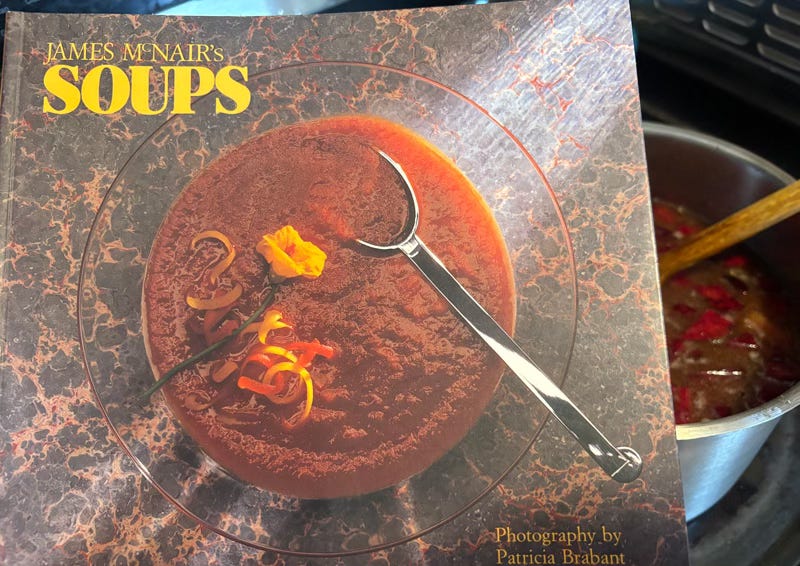
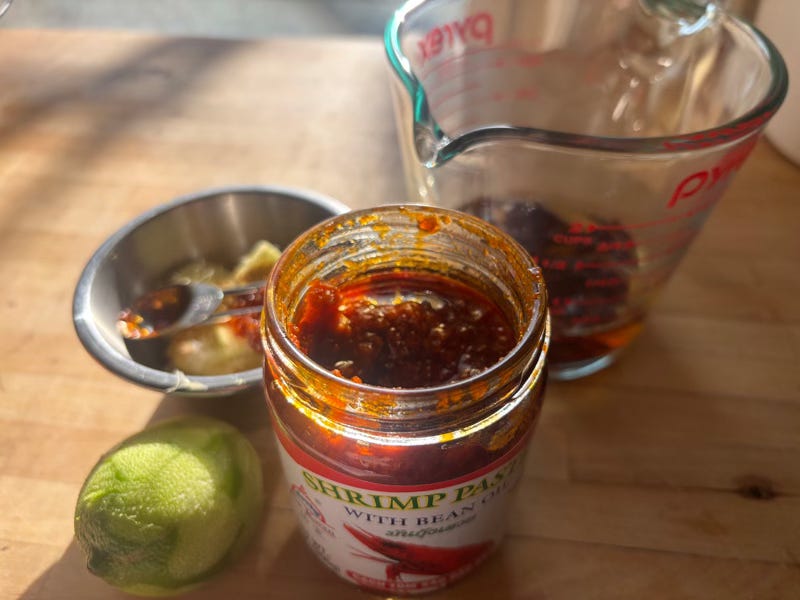
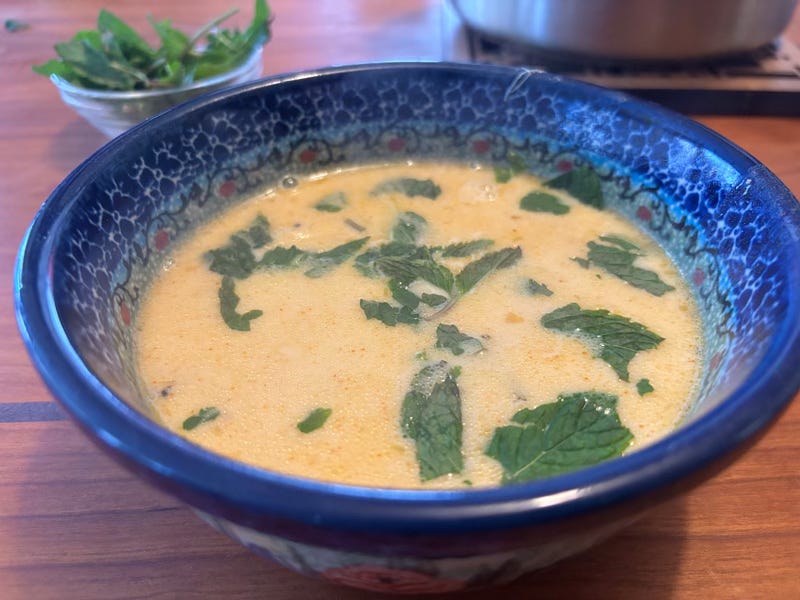
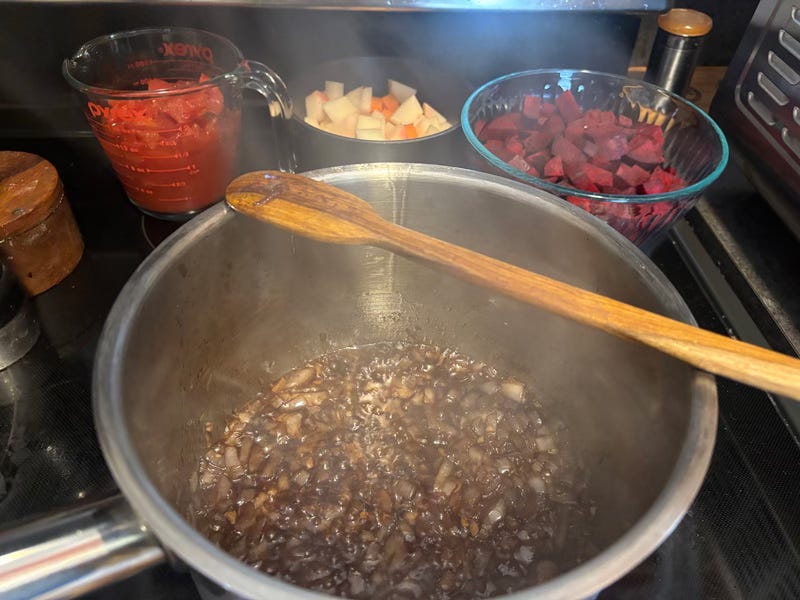
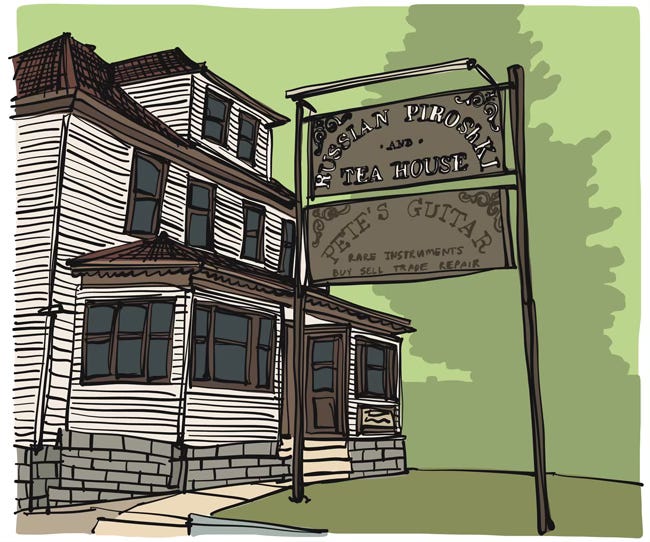
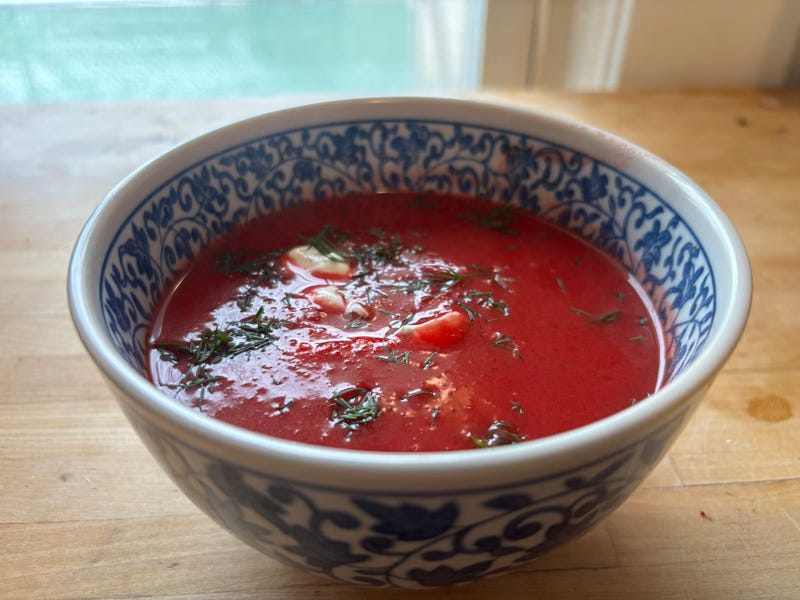
I also do a tomato borscht (untraditional) and it’s such a fantastic addition. If you want to go even further, whole corn kernels (frozen is fine), after blending, and/or a healthy scoop of miso (before).
https://www.januarymagazine.com/cookbook/mcnair.html